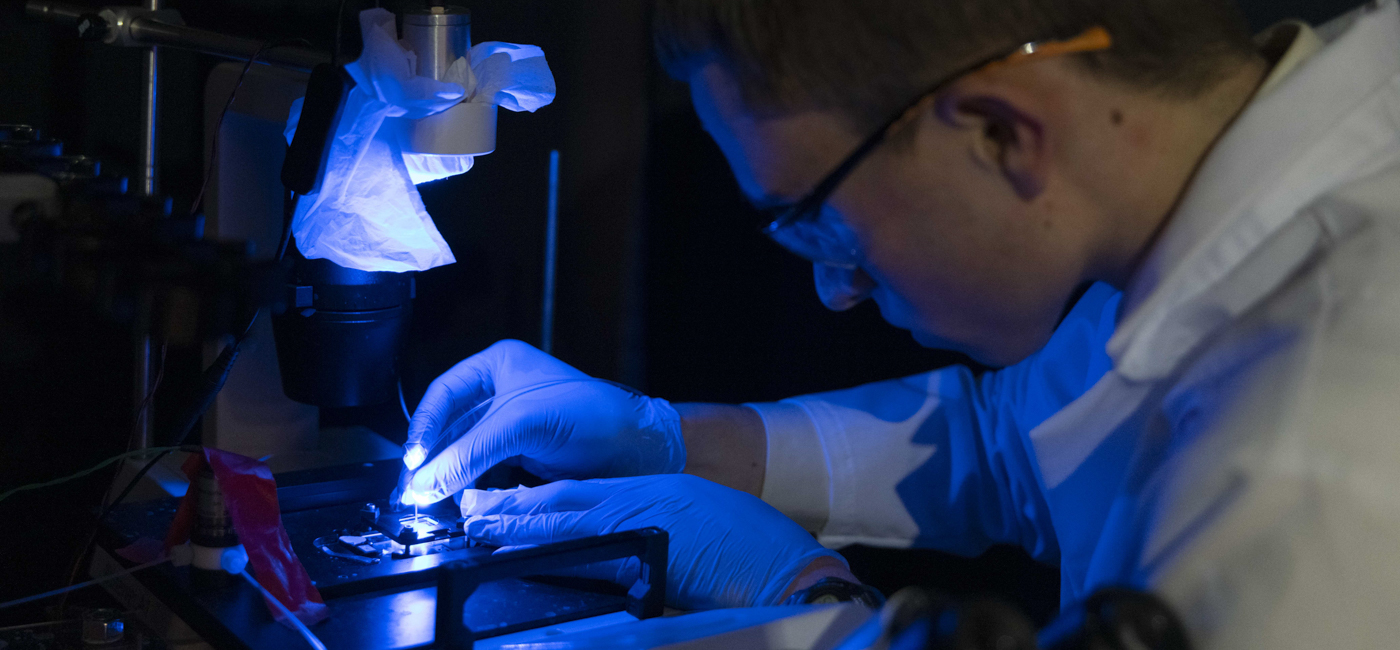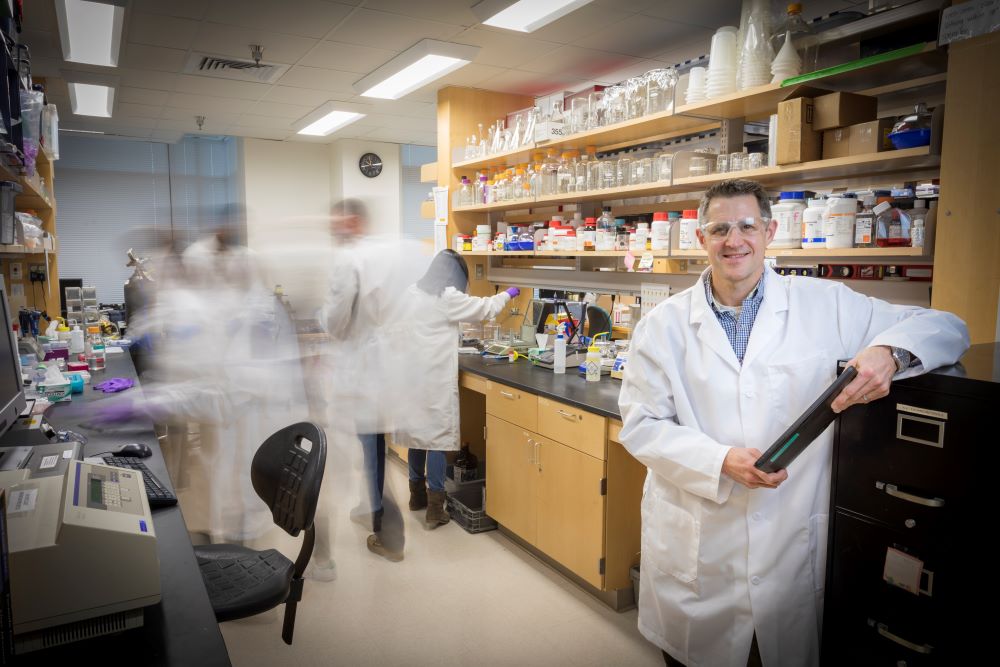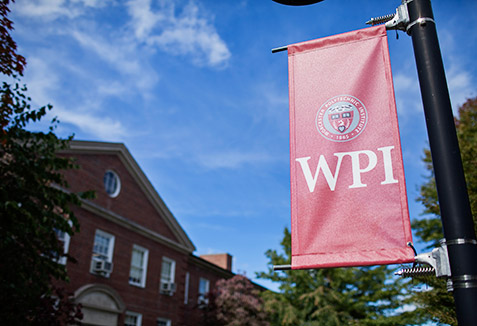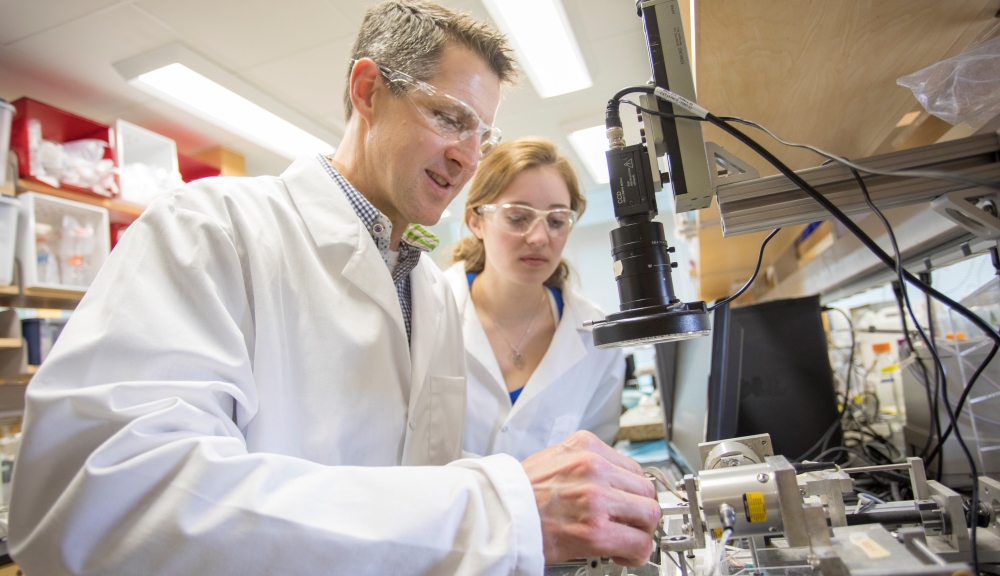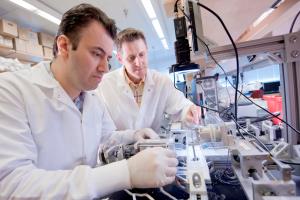
With a $450,000 grant from the National Institutes of Health (NIH), researchers at Worcester Polytechnic Institute (WPI) will analyze how mechanical forces and cellular growth factors affect the growth and development of human heart valves to advance the long-term goal of using tissue engineering to develop replacement valves that are more natural and longer-lasting than current replacement valves.
Kristen Billiar, PhD, professor of biomedical engineering at WPI and principal investigator for the three-year study, said the overarching objective of this line of research is to help develop a new class of tissue-engineered heart valves (TEHVs) that may improve the quality of life for the 300,000 people who undergo heart valve replacement surgery each year worldwide.
"Right now, if you are a young person who needs a new heart valve, you are going to face several surgeries over the course of your life because the replacement valve will, itself, eventually need to be replaced," Billiar said. "Our hope is to contribute to the field with new knowledge that advances development of a better treatment option."
Opening and closing on cue more than 100,000 times a day to control the flow of blood, heart valves have one of the most intense mechanical jobs in the body. When they don't work properly, whether because of disease or congenital defect, they can cause heart failure, stroke, or deadly blot clots. Heart valves typically fail either by not opening properly and restricting blood flow, or by not closing properly and allowing blood to leak back into a chamber where it pools and forms clots.
Patients who have heart valve replacement surgery today typically receive either a mechanical valve made of a stiff carbon material or a bioprosthetic valve composed either of animal tissue (usually from pigs) or human tissue from donor hearts. Mechanical values are strong and long-lasting, but can cause blood clots, so patients who receive them must take blood thinners for the rest of their lives. Bioprosthetic valves don’t require blood thinners, but they are weaker and degrade over time. Younger recipients of bioprosthetic valves face replacement surgery sooner, often within 8 to 10 years, because they either outgrow the valves or their metabolism causes the tissue to degrade at a more rapid rate than in adults.
Several labs around the world are working on bioengineering new heart valves by growing human cells on scaffolds. While that work has progressed to some animal studies, the technology has significant limitations. "The major problem with tissue-engineered heart valves now in development is that they shrink over time," Billiar said. "When the scaffold degrades, the valve tissue that remains retracts and it begins to leak. That's not acceptable."
Just as repeated weight-lifting will increase a person’s muscle mass, the constant mechanical forces experienced by heart valves affects their structure, both at the cellular level and by remodeling the structural elements of the heart to which they are attached. In the new NIH study, Billiar’s team will explore how proteins called cellular growth factors that are active during embryonic development regulate heart valve tissue in concert with the mechanical forces experienced during cardiac function and growth.
Billiar's team will grow porcine cardiac valve cells on specialized apparatus in the lab that can measure cellular tension and apply controlled forces. They will study how the cells develop when certain growth factors are added to the culture mix, and as the cells are subjected to controlled mechanical forces.
"If we can better understand the mechanisms of valve tissue development, then we may be able to engineer a heart valve that doesn’t retract, and in the case of young persons, may actually grow with patients over time as they mature," Billiar said. "But the first step is to get a better understanding of the biomechanics, which is what we hope to do in this study."

